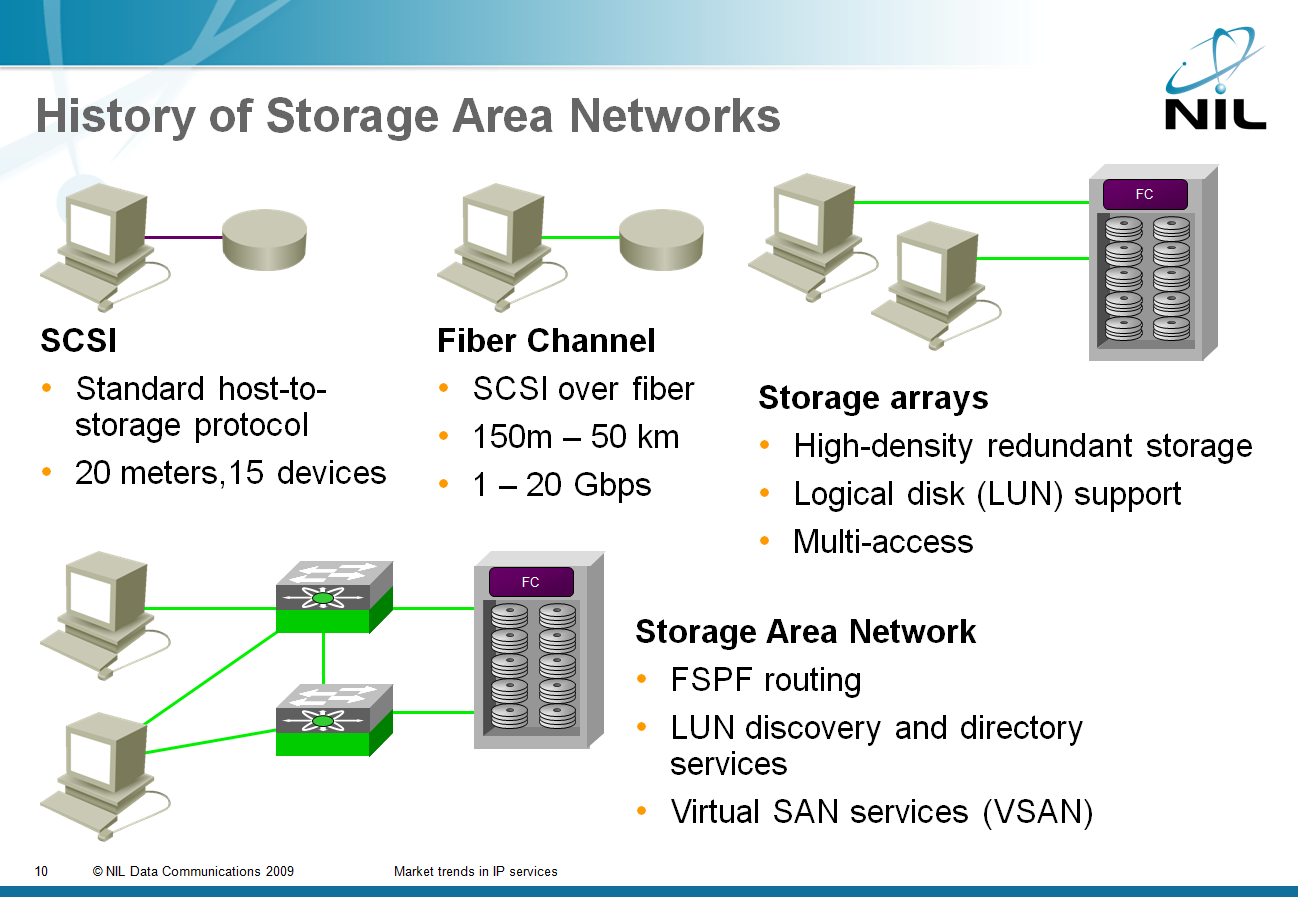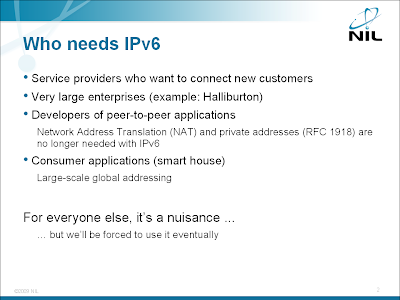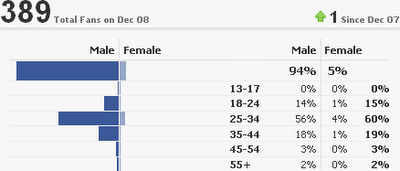HQF: Truly Hierarchical Queuing
After doing the initial tests of the HQF framework, I wanted to check how “hierarchical” it is. I’ve created a policy-map (as before) allocating various bandwidth percentages to individual TCP/UDP ports. One of the classes had a child service policy that allocated 70% of the bandwidth to TCP and 30% of the bandwidth to UDP (going to the same port#), with fair queuing being used in the TCP subclass.
Short summary: HQF worked brilliantly.
Book review: Cisco Routers for the Desperate
If you happen to be one of those “universal engineers” tasked with configuring a Cisco router just because you deployed a web site yesterday, you’re probably already searching for a book in the Dummies series. Once your desperation exceeds a certain threshold, you might consider the “Cisco Routers for the Desperate”.
The idea is great: give someone who hasn’t seen Cisco IOS CLI before enough knowledge to perform the basic tasks. The writing style is surprisingly good and the book is filled with well-explained printouts you might get from the router. Looks like a perfect book for the task … if only it wouldn’t be hopelessly outdated.
The sorry state of our industry
One of the few benefits of having a Facebook page is the ability to view the fan statistics (Facebook calls that Insights). I’ve just looked at the gender demographics of my fans and I was astounded; nothing has changed in the last 20 years. What are we doing wrong?
Load Sharing 101 (with References)
It looks like my load sharing posts did not paint the whole picture; I’m always assuming the readers have a basic level of IP routing knowledge (somewhere around BSCI/CCNP) and jump into juicy details. Let’s try to fix this error and start from the beginning. For more details, watch the How Networks Really Work webinar.
A router receives its routing information (reachability of IP prefixes) from various sources: connected IP prefixes, static routes and dynamic routing protocols. For every IP prefix, the best source (= one with the lowest administrative distance) is selected and only the route(s) from that source are included in the IP routing table.
Ten steps of small LAN design
Every so often someone tries to apply the “let all be friends and love each other” mentality to LAN networks and designs a pure layer-2 switched LAN (because it’s simpler). Jay contributed a ten-step “what happens next” description in his comment to my “Lies, damned lies and product marketing” post. The steps are so hilarious I simply had to repost them:
- Build everything at layer 2 because "it's simpler".
- Scale a little.
- Things start breaking mysteriously. Run around in circles. Learn about packet sniffers and STP.
- Learn about layer 3 features in switches you already own. Start routing.
- Scale more.
- Things start breaking mysteriously. Learn about TCAMs. Start wishing for NetFlow.
- Redesign. Buy stuff.
- Scale more.
- VMWare jockeys start asking about bridging across the WAN.
- Enroll in hair loss program.
Lies, damned lies and product marketing
Greg Ferro’s “Layer-3 routing” post successfully kicked my huge sore spot: the numerous ways technical terminology is abused by product marketing gurus.
Twenty years ago, before networking became a multi-billion dollar industry, things were clear, simple and consistent: layer-2 (data-link layer) frame forwarding was bridging and layer-3 (network layer) packet forwarding was routing. Everything was crystal clear until some overly smart people tried to turn bridges into something they were not: WAN extension devices. A few large WAN networks were built with bridges … and failed spectacularly. Router vendors quickly used the opportunity to push the “routing is good, bridging is bad” mantra.
Certifications and the hiring process
My good friend Stretch wrote an interesting article about the usability of certifications in the hiring process. I can’t agree more with everything he wrote about certifications, it nicely summarizes the various topics Greg Ferro and myself wrote about during the last year (please note: I’m not claiming Stretch was in any way influenced by our thoughts, anyone seriously considering the current certification processes has to come to the same conclusions).
Regrettably, I have to disagree with most of his alternative approach (although some of the ideas are great). It would work in an ideal world, but faces too many real-life obstacles in this one.
iSCSI and SAN: Two Decades of Rigid Mindsets
Greg Ferro asked a very valid question in his blog: “Why does iSCSI use TCP as the underlying transport protocol”? It’s possible to design storage-focused protocol that uses connectionless lower layers (NFS comes to mind), but the storage industry has been too focused on their past to see past the artificial obstacles they’ve set up themselves.

IPv6 in the campus but not in the Data Center?
Cisco has recently published two excellent design guides: Deploying IPv6 in Campus Networks and Deploying IPv6 in Branch Networks. As expected from the engineers writing Cisco’s design documents, these guides contain tons of useful information and good recommendations; they’re a highly recommended reading if you’ve started considering IPv6 deployment in your enterprise network. These design guides are part of Design Zone for Branch and Design Zone for Campus.
IPv6 deployment issues are just one of the topics covered in the Enterprise IPv6 Deployment workshop. You can attend an online version of the workshop or we can organize a dedicated event for your team.
HQF: intra-class WFQ ignores the IP precedence
Continuing my tests of the Hierarchical Queuing Framework, I’ve tested whether the fair queuing works similarly to the previous IOS implementations, where the high-precedence sessions got proportionally more bandwidth.
Summary: Fair queuing within HQF ignores IP precedence.
Dual-stack PPP requires two separate sessions?
A while ago a senior Service Provider network designer told me that they have serious issues with IPv6 deployment as IPv6 requires a separate PPPoE session from the CPE devices which significantly increases their licensing costs. The statement really surprised me; PPP was designed to be a multi-protocol environment and it’s very easy to configure IPv4 and IPv6 over a single PPP session in Cisco IOS. I think I might have tracked down the source of this “information” to the 6deploy IPv6 and DSL presentation which states on Page 11 that “Separate PPP sessions are established between the Subscriber’s systems (or CPE) and the BBRAS for IPv6 and IPv4 traffic”.
Being too Cisco-centric, I cannot figure out whether this claim has any merit, as it clearly does not apply to Cisco IOS. Are there really boxes out there that are so stupid that they cannot run two protocols across a single PPPoE session?
“ip ospf mtu-ignore” Is a Dangerous Command
A while ago, I wrote about the problems caused by MTU mismatch between OSPF neighbors and warned that the ip ospf mtu-ignore interface configuration command that supposedly solves the problem could cause significant headaches.
These are the router configurations I’ve used to generate the problem described in this blog post.
Who Needs IPv6?
One of the most common questions asked by my enterprise customers is “Who needs IPv6?” Since IPv6 does not add any significant new functionality (apart from larger address space), you can’t gain much by deploying it in an enterprise network … unless you’re huge enough that the private IPv4 address space (RFC 1918) becomes too confining for you. A good case study is Halliburton; you’ll find the details in Global IPv6 Strategies: From Business Analysis to Operational Planning book (my review).

Detect short bursts with EEM
Last week I’ve described how you can use EEM to detect long-term interface congestion which could indicate denial-of-service attack. The mechanism I’ve used (the averaged interface load) is pretty slow; using the lowest possible value for the load-interval (30 seconds) it takes almost a minute to detect a DOS attack (see below).
If you want to detect outbound bursts, you can do better: you can monitor the increase in the number of output drops over a short period of time.


